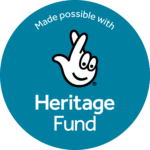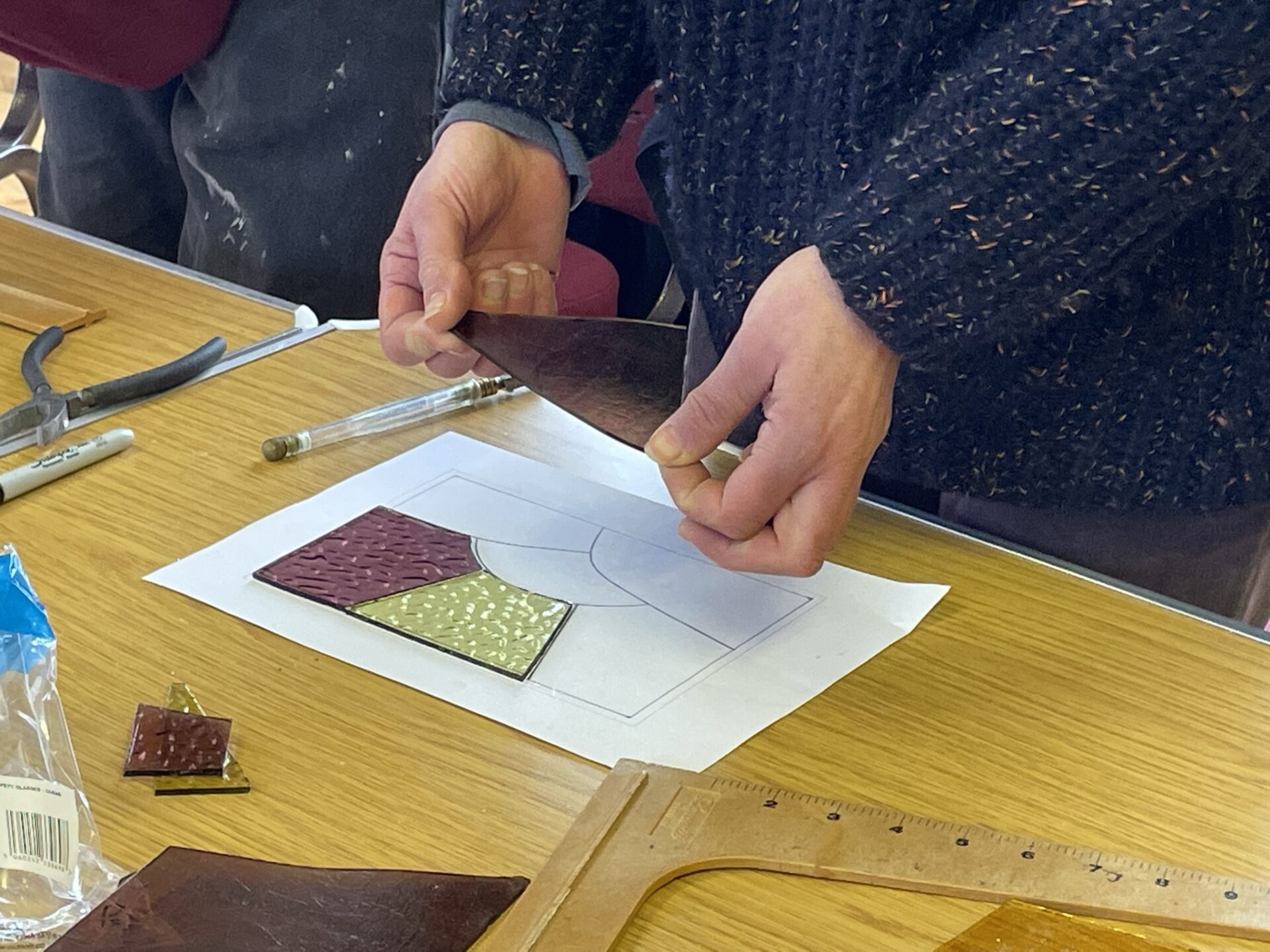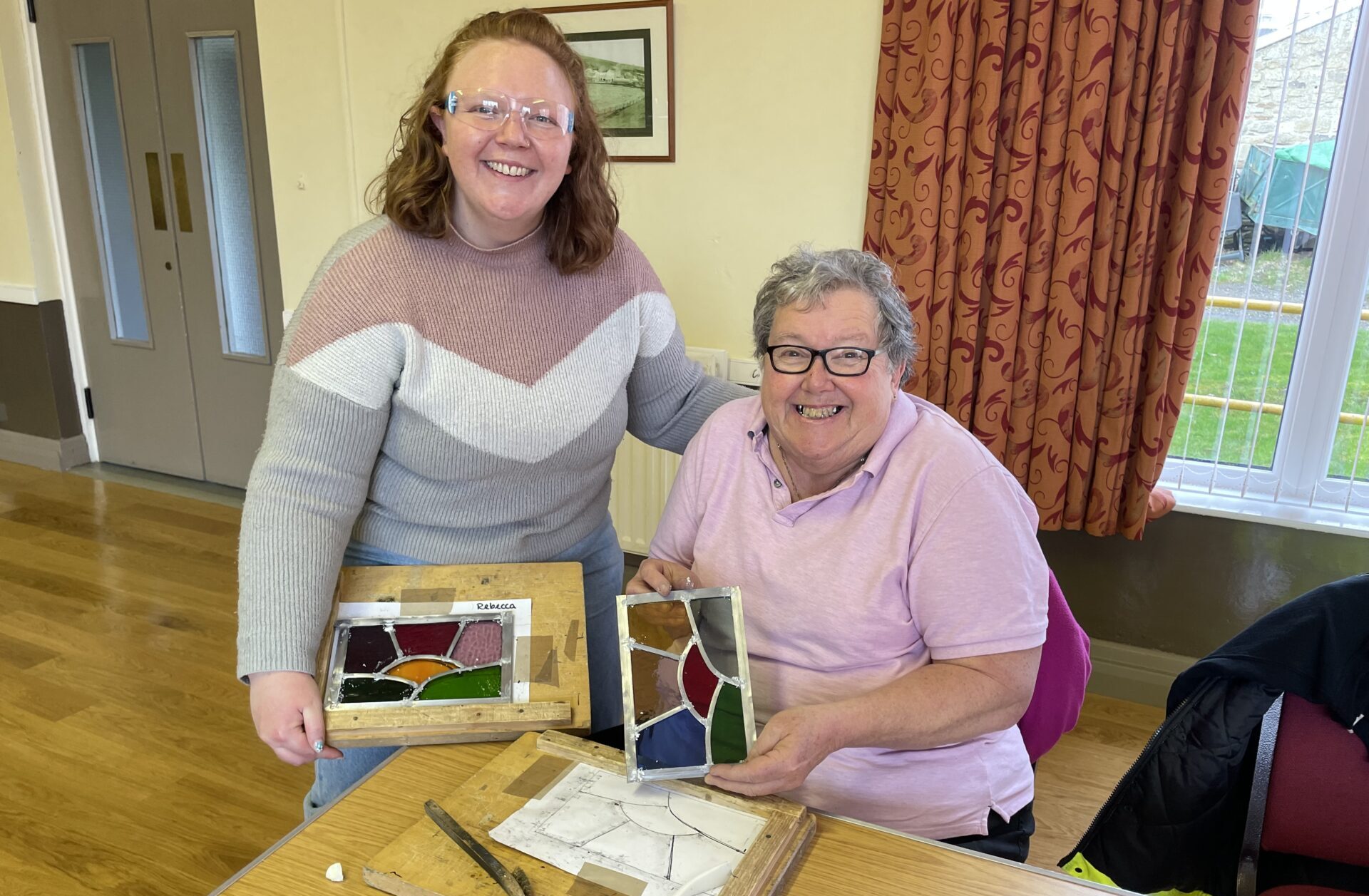News
Leaded stained-glass workshop
Leaded stained-glass workshop
8 May 2024
Blog by Rebecca Cadbury-Simmons, Interpretation and Engagement Officer
Through the Land of Lead and Silver project, we’re exploring how the lead and silver mining in the North Pennines affected the landscape we see today. The mining and smelting processes were once vast industries, spread across a vast area, and their scars can still be seen all over the North Pennines National Landscape. We are exploring how the industrial past influenced the communities in the area, finding and sharing stories of the people who lived here before us.
One of the most common questions we get asked is ‘what was all the lead used for?’ It’s a great question, and lead must have been important for there to be thousands of people living and working in these mining communities. The time when lead was most in demand was in the Victorian era, from the early 1800s to the early 1900s, and it was used for almost everything. Lead was used as a building material, in plumbing, in paint, and it was even used in making toys. People were not as aware of the effect lead could have on our health in the past and, compared to other metals, it was relatively cheap and readily available.
At the end of March 2024, we decided to run a workshop so that people could try making a stained glass window, using the traditional method of lead canes to hold the glass together. Gill from Green Ginger Glass ran the workshops and she likes to use lead canes for beginners, rather than the now more common method of copper foiling, as it’s an easier method.
We were each tasked with creating a stained glass window in the shape of a sunrise, a slightly intimidating challenge when we realised we’d have to cut the glass into a circular shape for the sun. Gill patiently guided us through the process and, once we’d chosen our colours, we began cutting the glass. This was easier than I expected. We began by getting the hang of the technique, which started with us scoring the glass with a glass cutter – a tool which looked similar to a pen, but with a small rotating blade at the end the nib would normally be, and a metal ball at the other end. We scored where we wanted the glass to be cut with the blade end and then tapped along the scored line with the metal ball. This created a crack in the glass precisely along the scored line and, with the help of some glass pliers, we soon had our glass in the desired shape.
Once we’d cut all our pieces to the right shapes, we then had to cut the lead to hold it all together. Because lead is a soft malleable metal this was a really easy process. First we stretched the lead canes with a clamp, to ensure they were straight, then we cut them to the right length with a dull blade. When all the lead canes were the desired length, it was just a case of assembling the pieces in the right order so that the window would hold together. The final step was soldering the joints in the lead and we had successfully created our stained glass windows.
The whole day was brilliant, and learning how to use lead to create a piece of art gave us all a deeper understanding of why this metal was so sought after. The workshop was held at Rookhope Village Hall, so we were surrounded by mining history which was a frequent topic of the conversation throughout the day. It was lovely seeing how different everybody’s final pieces were, even though we were all working from the same template. My thanks to Gill for a fabulous and educational day.
The Land of Lead and Silver project is funded by The National Lottery Heritage Fund and Historic England.















